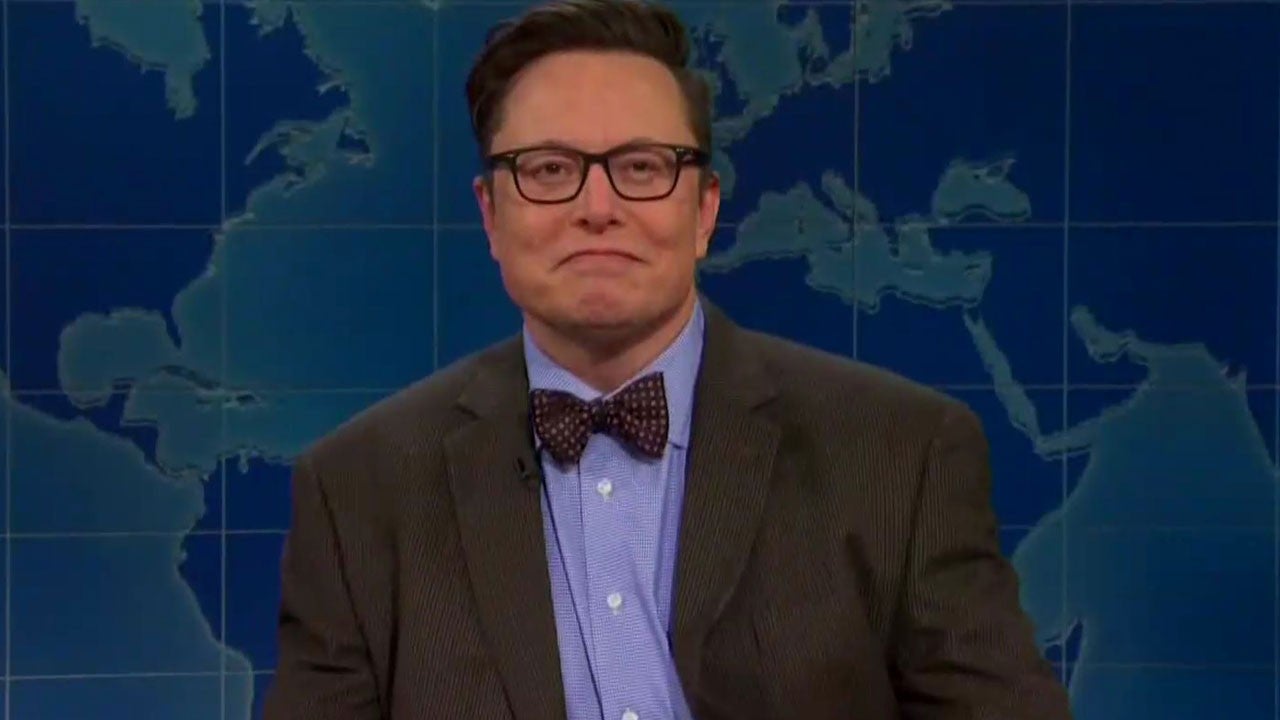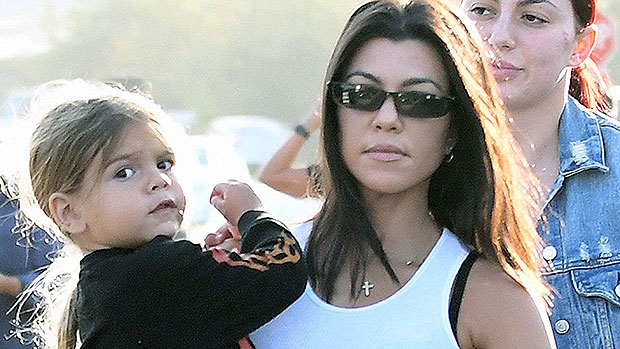Lisa Hepner On Investigating a Radical Treatment for Diabetes in “The Human Trial”
Lisa Hepner and her partner Guy Mossman run LA-based Vox Pop Films, a production company specializing in non-fiction content and commercials. For the last 25 years, Hepner has produced a variety of films and programs for Sony Pictures Classics,...

Lisa Hepner and her partner Guy Mossman run LA-based Vox Pop Films, a production company specializing in non-fiction content and commercials. For the last 25 years, Hepner has produced a variety of films and programs for Sony Pictures Classics, HBO, A&E, PBS, Lifetime, Discovery, MTV, TLC, and the CBC. She has produced for acclaimed directors Jonathan Demme, Michael Apted, Julie Taymor, and Lisa F. Jackson, among others. When she wasn’t in the field, Hepner worked at the PBS station 13-WNET, producing a variety of programs, including the Emmy Award-winning series “Air: America’s Investigative Reports.” In 2003, she co-directed the feature doc “Peace by Peace: Women on the Frontlines.” Shot in Afghanistan, Argentina, Burundi, Bosnia-Herzegovina, and the U.S., the film premiered at the UN in 2003 and aired on PBS in 2004. She has lived with type 1 diabetes for 30 years, for about as long as she’s worked in film and TV. “The Human Trial” marks her feature directorial debut.
“The Human Trial” will be released in theaters and virtual cinemas June 24. Mossman co-directed the film.
W&H: Describe the film for us in your own words.
LH: “The Human Trial” peels back the headlines to show the sweat, passion, and sacrifice poured into every medical breakthrough. A decade in the making, this new documentary is an intimate journey with the patients and scientists who test a radical new treatment for diabetes, a disease that shockingly killed 6.7 million people in 2021.
W&H: What drew you to this story?
LH: I was diagnosed with type 1 diabetes when I was 21. I was told by my well-meaning doctor that I should “stay strong, the cure is five years away.” But 30 years later I’m still waiting, and I’m now experiencing the long term complications of diabetes.
When my DP/doc filmmaker husband suggested that we make a film about why the cure is always “five years away,” I was mostly game. Then in 2014, we met a research team who was doing something very cool with stem cells. It was a radical new approach to curing diabetes. We both agreed we had to make the film.
W&H: What do you want people to think about after they watch the film?
LH: So many millions of people are touched by diabetes, but because it’s an invisible and stigmatized disease, it’s not taken seriously. I mean, 6.7 million people died from diabetes last year alone! I’d like diabetes – both type 1 and type 2 – to be put near the top of the health care agenda. It’s the other pandemic.
Another key message is that our disease should’ve been cured by now. And that it doesn’t need to be another five year promise. If we apply the lessons we’ve learned from the quick rollout of the Covid-19 vaccine – and apply that model to other biotech innovation – then we will get to faster cures and vaccines for many more diseases. We can do this.
W&H: What was the biggest challenge in making the film?
LH: There were many big challenges, but the biggest one was not knowing how our film was going to end. We were following a clinical trial in real time – and both the researchers and the film team thought it was only going to take two years to get to the finish line. Ha!
We quickly learned that we had to be patient – science takes time, and progress is incremental. Two words we don’t use much in production. A decade later, we have a film.
W&H: How did you get your film funded? Share some insights into how you got the film made.
LH: I never thought I’d make a film that was in part funded by t-shirt and poster sales! But we raised a significant amount of money from the sale of our Shepard Fairey prints and Obey t-shirts. Shepard has type 1 diabetes.
Of course the real money came from investors, grants, and generous donations. This is the first film on diabetes that’s targeted to a general audience, so the community got behind it in a big way.
W&H: What inspired you to become a filmmaker?
LH: I loved print journalism – writing feature articles especially – but I missed the camaraderie of working with a creative team, so when I got my first job out of college working for a non-fiction production company I realized that I could do both. And hopefully make a difference along the way.
W&H: What’s the best and worst advice you’ve received?
LH: Best advice: You’re only as good as your last job.
Worst: Become a lawyer and do the writing thing on the side.
W&H: What advice do you have for other women directors?
LH: Stay strong. Be confident. There may not be many people who look like you in the room, but you’re there for a reason. Enjoy it!
W&H: Name your favorite woman-directed film and why.
LH: “The Hurt Locker” by Kathryn Bigelow. There are so many female doc directors I admire — the list would [fill up this page].
W&H: How are you adjusting to life during the COVID-19 pandemic? Are you keeping creative, and if so, how?
LH: We edited “The Human Trial” for two-and-a-half years. Most of that time [was] during the pandemic, so I never stopped being busy. We created our DCP last week, and now I’m headed to NYC for our theatrical premiere.
Despite the many headaches – and sometimes heartaches – of working remotely, the pandemic enabled me to work from home and really focus on finishing the film. I was fortunate.
W&H: The film industry has a long history of underrepresenting people of color on screen and behind the scenes and reinforcing — and creating — negative stereotypes. What actions do you think need to be taken to make it more inclusive?
LH: When I started working in docs, I was told to get a high paying part time job, have a trust fund, or marry rich. I haven’t done any of these, but I’m in a much better position than most documentarians to make my passion projects. I hope that there is more public funding and grants available to those who have a story to tell. Headway is being made on that front, but we’re not there yet.

 Hollif
Hollif 































